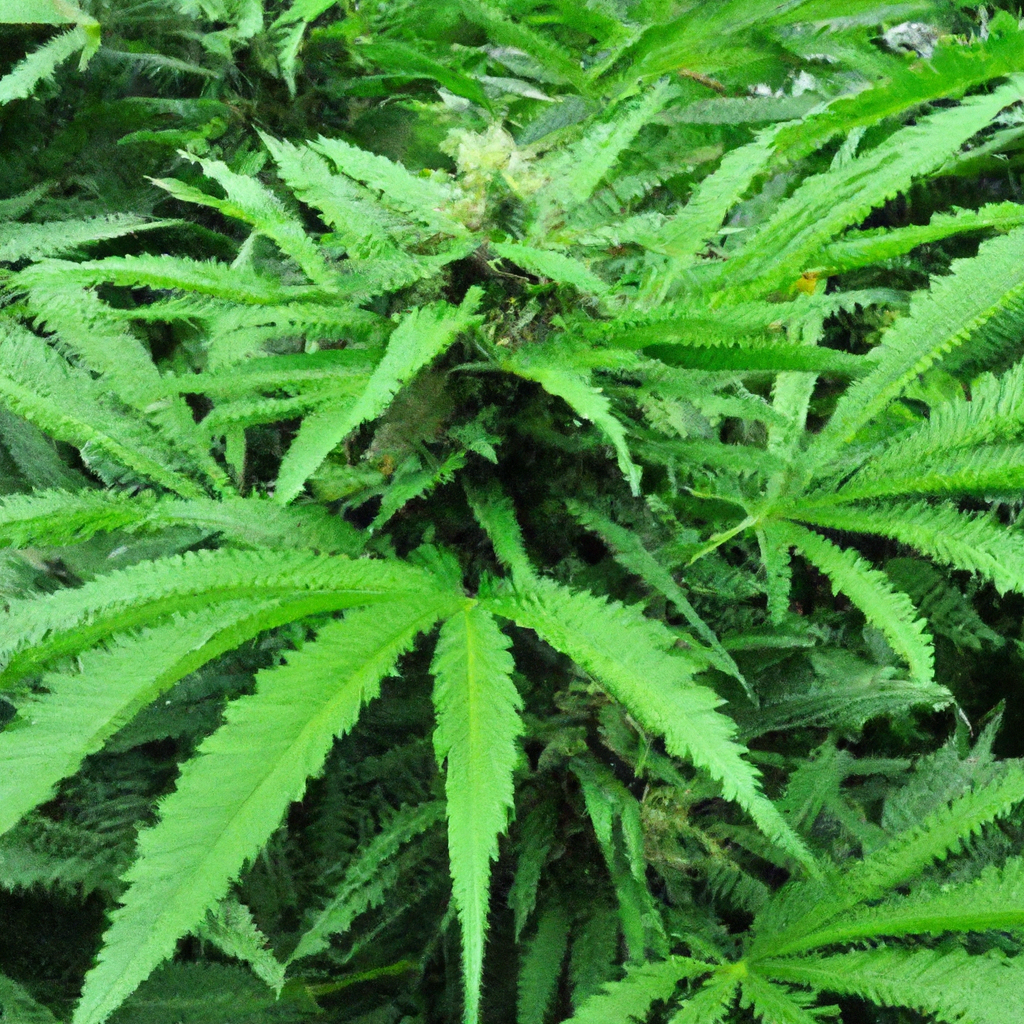By John “Magic” Greenleaf
Introduction
Hey there, fellow growers! As someone who’s spent more than 30 years cultivating cannabis in Colorado’s high-altitude landscape, I’ve seen firsthand the power of integrating companion plants. These companion tools can significantly enhance your cannabis cultivation, promoting sustainability, pest resistance, and aromatic harmony.
The Benefits of Companion Plants
Companion planting is not just for your grandmother’s tomatoes. In cannabis cultivation, the use of companion plants offers several benefits that can transform your growing approach:
- Pest Control: Certain companion plants naturally repel pests that might otherwise feast on your precious buds.
- Nutrient Support: Companion plants like clover can fix nitrogen, enriching your soil and reducing the need for synthetic fertilizers.
- Aromatic Enhancement: Growing basil nearby can enhance the terpene profiles of your cannabis, offering a subtle yet impactful aroma boost.
Top Companion Plants for Your Grow
1. Marigolds
Marigolds are known for their ability to repel nematodes and other pests. Plant these around your cannabis to create a natural barrier against unwanted visitors.
2. Lavender
Besides its pleasant aroma, lavender can also deter insects. It’s a peaceful addition to your garden that complements the calming effects of strains like “Mile High Mystique.”
3. Yarrow
Yarrow attracts beneficial insects like ladybugs and parasitic wasps, which help keep harmful pest populations in check.
How to Integrate Companion Plants Effectively
- Plan Your Garden Layout: Place companion plants around your cannabis to optimize the growth of both. Remember to consider the light and space needs of each plant.
- Monitor Plant Health: Regularly check in on your plants to ensure they’re thriving. Look out for any signs of distress or pest activity.
- Adjust Based on Results: Every garden is unique, so be ready to make changes based on what you observe—your plants will tell you what they need.
Conclusion
Integrating companion plants into your grow isn’t just a strategy—it’s an art form. It’s like the old saying goes, “Healthy roots, healthy buds, happy harvests.” By carefully selecting and managing companion plants, you can boost your cannabis cultivation’s health and yield while enriching the growing experience.
Tags: Sustainable Cultivation, Organic Cultivation, High-Yield Optimization


Leave a Reply